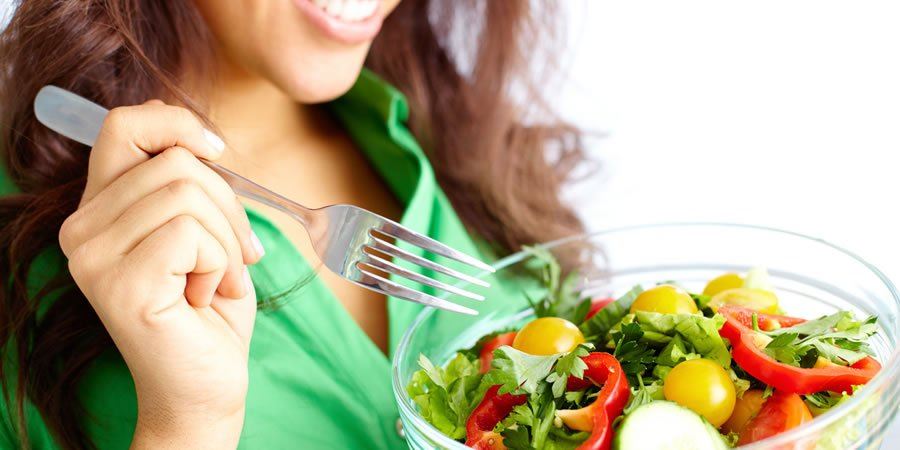We know exercise and a healthy diet are essential for optimal health. We also need to manage stress, which is a major benefit of choosing Pilates as your form of exercise. So, what about diet? In general, a healthy diet for people who practice Pilates is no different than any healthy diet.
What is a Healthy Diet for People Who Practice Pilates?
Everyone is different, but the goal of a healthy diet is the same for everyone. Eat what nourishes your body. We all have basic nutritional needs despite our individual differences.
Learning to eat in a way that nourishes your body takes some trial and error. But the good thing about planning a healthy diet for people who practice Pilates is Pilates teaches us body awareness. This gives us an advantage when choosing what to eat. We tend to know our bodies better than those who do not practice mindful movement.
No matter what your diet—whether it has a name (like paleo or vegetarian for instance) or not—it is only healthy if you are getting the nutrients your body needs and avoiding things that contribute to disease.
A Basic Overview of a Healthy Diet
You need enough protein to build and maintain muscle, but not too much. Excess protein can damage kidneys and cause other health problems. The average person needs between 0.8 and 1 gram of protein per kilogram of body weight (or between 0.4 and 0.5 grams per pound of body weight). So, a 120-pound woman needs around 52 – 54 grams of protein per day. The best choices are lean meats, fish, eggs, and beans.
You need the right carbohydrates for energy. This is especially important if you have diabetes, high blood sugar, or hypoglycemia. A simple rule of thumb is healthy carbohydrates—complex carbohydrates—are whole foods: whole grains, whole fruits, and whole vegetables. Avoid processed or refined carbohydrates: white bread, table sugar, candy, fruit juices, etc.
You need healthy fats, specifically omega 3 and omega 6 fats. Healthy fats are found in fish like salmon, nuts, seeds, avocados, and some leafy greens. Most people get plenty of omega 6 fats from vegetable oils in their diet, so pay special attention to getting enough omega 3 (from sources like fatty fish, walnuts, and flax seeds). Omega 3 fats reduce inflammation, which can lower your risk for many diseases.
You need vitamins and minerals to keep your immune system and nervous system healthy. Vitamins and minerals are also involved in the proper functioning of all the systems in the body. You can probably guess the best way to ensure that you get enough of all the vitamins and minerals you need. Eat a colorful variety of vegetables and fruits!
You need to consume enough water. You may not think of water as a nutrient, but it is essential to good health. Proper hydration helps stabilize body temperature. It also helps move fiber through your digestive tract.
If you practice Pilates, planning a healthy diet may not be as much of a challenge as you think. As I mentioned, you’ll be able to use your body awareness to choose well because you will notice how your body responds to certain foods. You’ll also make better choices when you’re aware of your triggers—the circumstances that may cause you to overeat or eat things that aren’t good for you.
Pilates body awareness, then, goes hand-in-hand with healthy eating—another great reason to make Pilates part of your healthy lifestyle practice.








